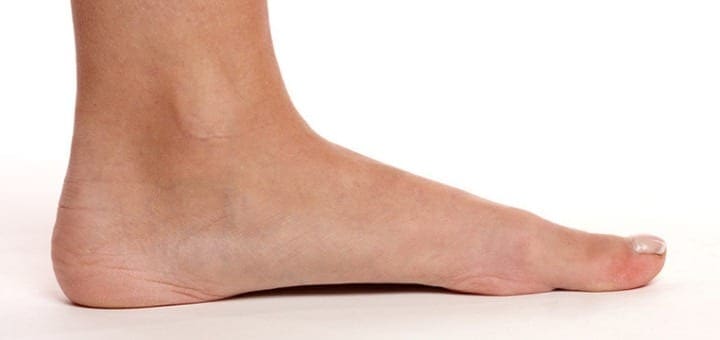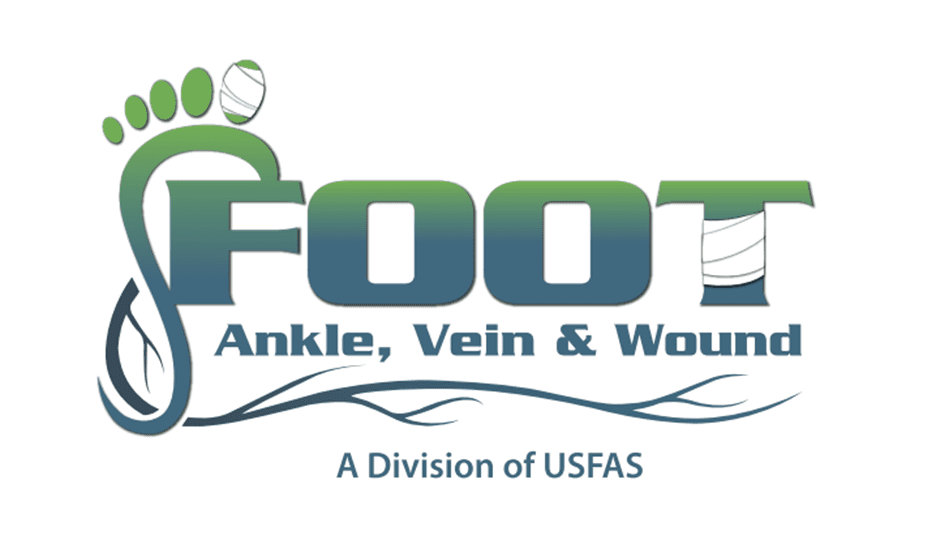
Although you might not have been born with flat feet condition (even though it can be a congenital ailment), flat feet —or pes planus—can actually develop over time through injury or developing age. Flat feet treatment is necessary.
In this article, we’re going to go over the symptoms you may be feeling that are associated with flat feet, the ways that your doctor can give you the diagnosis, and some natural remedies that can help alleviate the condition.
If you feel like you have some of these symptoms, you’re not alone. Actually, around 20 to 30 percent of the general population seem to have a bit of this flat foot condition. If you’re feeling any of these symptoms or problems, you might want to consider heading to the doctor to get a proper diagnosis so you can get proper treatment:
Problems and Symptoms
If you were born with flat feet, you generally won’t feel daily symptoms or problems. However, some people who have flat feet actually experience pain around the middle foot area. As you move about your day, you might experience pain or discomfort in the arch or inner ankle.
You also might feel some pain all the way up your leg, from your knee to your hip to your lower back pain because of the instability of your flat feet position.
To Diagnose Flat Feet
Although you can diagnose yourself to a degree, it’s always recommended to see a doctor about your symptoms and issues to get proper treatment. To diagnose flat foot, your doctor will perform a visual exam and possibly some imaging tests.
For the visual exam, your doctor will have you stand and use either a “wet footprint test”, a “shoe inspection test”, “too many toes” test or a “tiptoe test”. All of these tests are virtually painless and can be done within minutes without any invasive procedures.
The imaging test can be done using a variety of different resources, from X-rays to CT scans, from ultrasounds to MRIs. Your doctor will make the decision as to which one will be most effective depending on your condition and symptoms.
Natural Flat Feet Treatment
There are various non-invasive flat feet treatment that can help alleviate the symptoms without resorting to surgical procedures.
If your child has flat feet, the doctor may suggest the use of orthotics to help heal the foot in a correct position. Surgery most likely won’t be suggested until early teens or at a later age when the bones are developed more.
For adults, most patients with flat feet will generally feel little discomfort. However, about one-quarter of those patients will experience some sort of pain, which can be treated with an OTC medication.
A doctor may also suggest orthotic arch supports or other non-surgical treatments like stretching, strengthening or even therapeutic massages. In this next section, we’re going to go over a few non-surgical and non-invasive forms of treatment that can help alleviate pain and symptoms.
Here are a few things that your doctor may suggest:
- Custom-made corrective shoes: If you have the finances, you can get shoes, orthotic support, gel pads or insoles that are custom made to shape your foot and your individual movement.
Although shoes are a great option, custom-made insoles can also be a more affordable alternative and more convenient since you can usually slip them into any pair of shoes you’re wearing.
Depending on your diagnosis and symptoms, you can invest in a particular type of pair of shoes. The specifications and details of the shoes can help your feet or body compensate for any condition you may have that are caused by flat feet.
A few types of shoes that can help with flat feet include:
Comfort shoes: This type of shoe has support for your arches that lack in bending in the middle of the sole.
Removable insole shoes: This type of shoe can help you insert your custom-made sole inserts or prescription orthotics.
Shoes that specifically bend at the toe: This type of shoe can help promote natural foot movement, which can help with the pain symptoms.
Motion-control shoes or stability shoes: These types of shoes can help overpronation or if you are suffering from a neutral stride.
The shoes should bend at the toe to allow natural foot movement rather than having a completely rigid sole. You should also avoid shoes with high arches as this may cause pain and bruising.
You might even simply be wearing the wrong-sized shoe. In this case, get your shoes properly sized with a doctor or a licensed professional. They even perform this service for you at any shoe store.
- Foot stretching and strengthening: If you don’t have any signs of inflammation, you can stretch your feet on a daily basis according to your doctor’s instructions. This can help alleviate some of the pain. The runner’s stretch can be a great stretch to perform to help lengthen not only your Achilles tendon but also your calf muscle. This can help feelings of discomfort.
As for strengthening, there are various foot exercises that most physical therapists or podiatrists will suggest you do. They can be as simple as picking up marbles or various items with your toes while seated to as intricate as writing letters or words in the air or in the sand beneath your feet.
- A therapeutic massage that can be done on your own: You don’t need to sign up for a massage for this particular treatment!
You can either invest in a black roll ball or a tennis ball will do just fine! To help massage your arch, all you need to do is roll the ball underneath your foot. This might be a bit painful but should be more relieving than painful.
Although these non-surgical treatments and suggestions can usually help with the pain of symptoms, you might need more medical attention. We would definitely suggest visiting your doctor to get medical advice.

